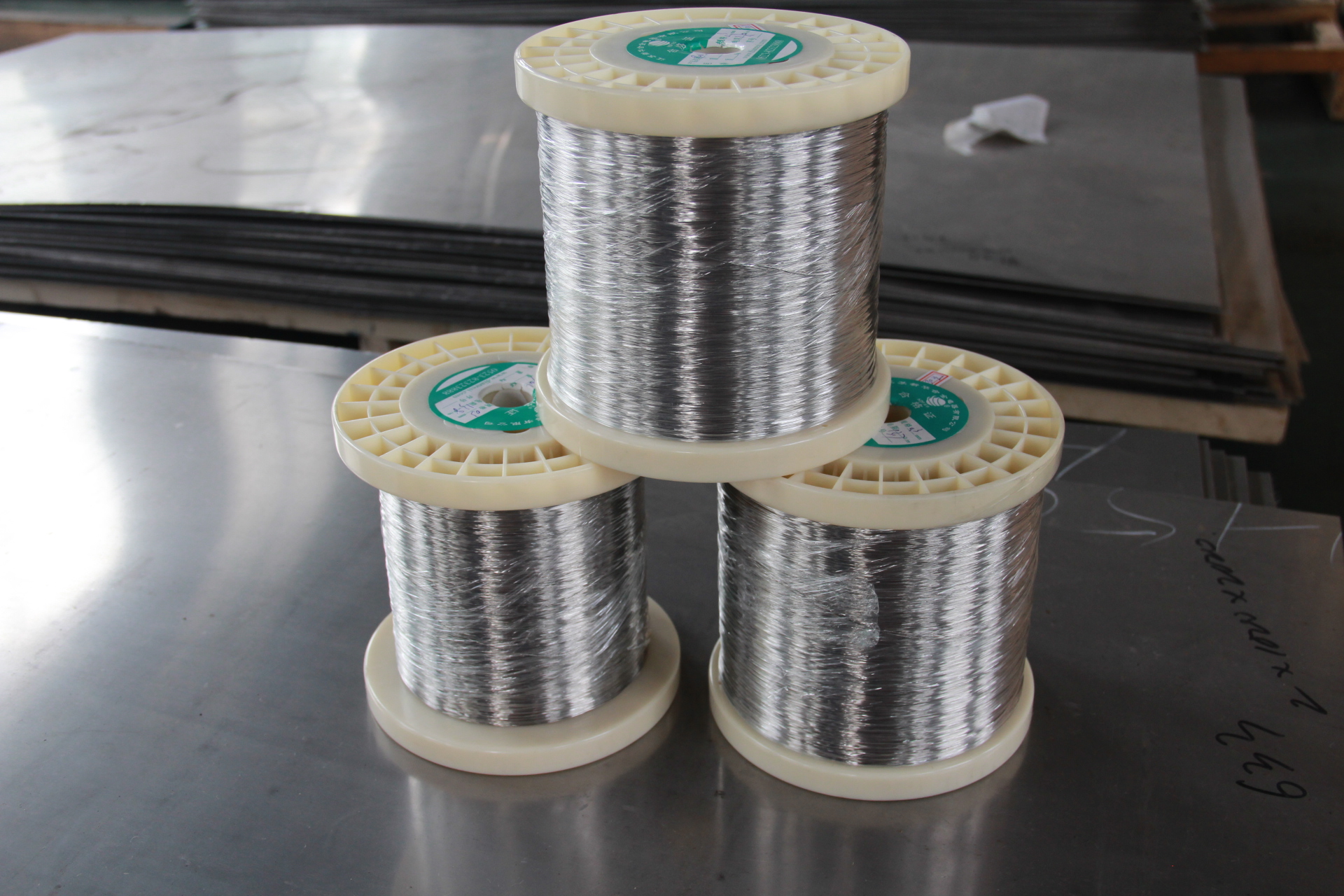Scientists develop new plasmas to increase energy release and assist nuclear fusion
Beijing time August 26 news, according to foreign media reports, under the efforts of scientists, we are a step closer to the inexhaustible clean energy. Scientists have found a new method for producing plasma fuels. Because of its high temperature and high enough density, it can produce "a large amount" of nuclear fusion energy. Although in the short term, it has not been possible to convert nuclear energy into homes and businesses, this new plasma is undoubtedly a milestone in the study of nuclear fusion.

Scientists have found a new way of producing plasma fuel that can produce a large amount of nuclear fusion energy. The picture shows the Tocmak Alcator C-Mod reactor made by MIT.
Nuclear fusion is seen as an inexhaustible source of energy. The way the sun produces energy is nuclear fusion. Under extreme high temperatures, magnetic fields, and pressure, the lighter elements' nuclei can fuse together to form heavier elements and release energy during the process.
Engineers replicate this reaction process in a special reactor to combine hydrogen atoms into helium atoms and use the clean energy released during the process to reduce the dependence on fossil energy. In order for this reaction to proceed, the plasma needs to be The superheated gas is placed under high pressure so that the atoms can be “squeezed†together and forced to react.
Today, MIT researchers have developed a new type of plasma that increases the energy released by the reaction.
In the experiment, this new type of plasma generated a trace amount of ion energy up to mega-electron volts (MeV), an order of magnitude more than the previous experimental results.
Dr John Wright, one of the scientists who participated in the study, pointed out: "These energies are in the same range as active nuclear fusion products. If they can be manufactured in inactive equipment (without massive nuclear fusion) High-energy ions will be very beneficial to us, because in this way, we can study how high-energy ions behave compared to nuclear fusion products, and how controlled it is."
In most reactors, the plasma consists of two types of ions: helium and hydrogen, or helium and neon-3, with helium accounting for the majority and a ratio of 95%. But the new method proposed by scientists has increased the ion species to three types: hydrogen ions, helium ions, and trace helium-3 ions. The scientists focused their energy on helium-3. Since this ion occupies less density, a large amount of energy can be obtained after heating, and the plasma can reach the energy range of active nuclear fusion products.
With the help of researchers from the Plasma Physics Laboratory in Brussels, the scientists tested the plasma in the MIT special-purpose Totmak Alcator C-Mod reactor. The result was a success and confirmed in principle that the theory is feasible. Scientists at the European Joint Reactor (JET) have also generated interest and want to repeat test results.
Dr. Wright added: "European joint reactor colleagues are very good at identifying high-energy particles, so they can directly measure these high-energy ions to confirm that they do exist. We verified this on two instruments on two continents. The basic theory was eventually written into a powerful paper." (Leaf)
High Resistance Alloy is used to produce resistance elementof conductive material.Requirements including High mechanical strength, good corrosion resistance and oxidation resistance. Working temperature is usually at500 ℃. Commonly used with constantan chromium iron, iron chromium aluminum, nickel chromium, nickel, resistivity rho (20 ℃) is 1 Ω was/m or so. It is not used in the conduction of current, but with its high resistance to limit or control the current in the circuit, such as motor, potentiometer, standard resistors, potentiometers, slip line resistor resistance element and resistance line, etc.; For the using of high resistance in the pressure sensor,Temperature compensator and temperature measuring resistor of resistance element to creatte reflect strain, temperature, magnetic field and parameters; High resistance alloy can also be used as heating elements in the manufacture of the resistance heating equipment, could be applied in current, voltage regulating and the winding of control components.
Resistance Electrothermal Alloy
Resistance Alloy,Corrosion Resistant Alloy,Resistance Electrothermal Alloy,Fecral Resistance Heating Alloys
Jiangsu nickel alloy Co.,Ltd , https://www.xhalloy.com